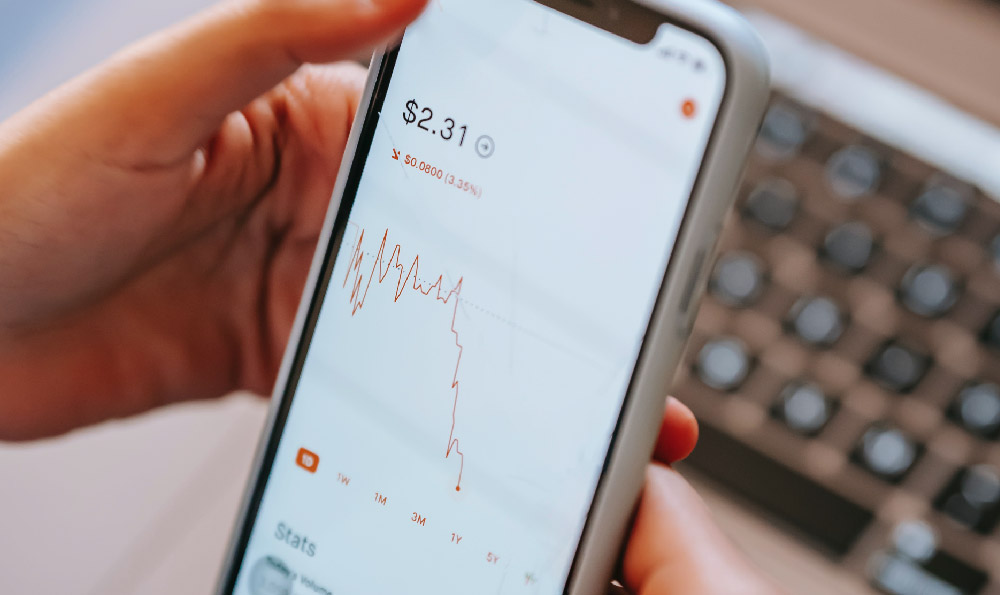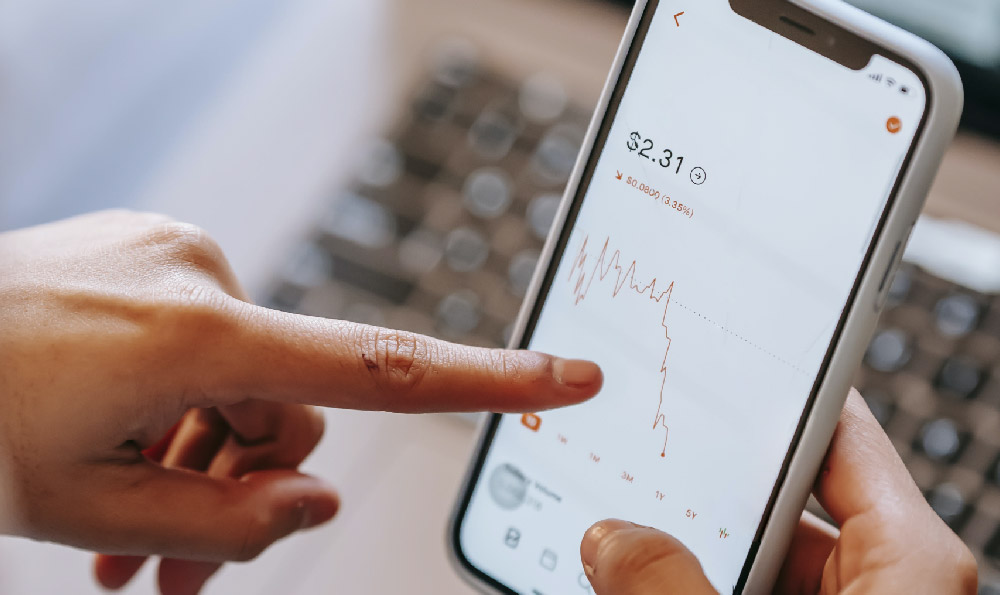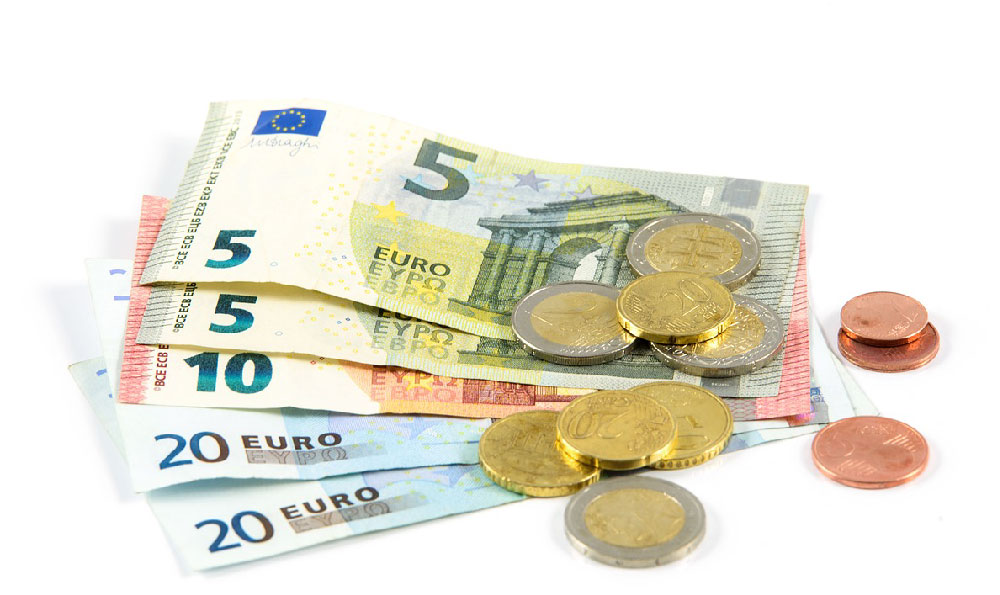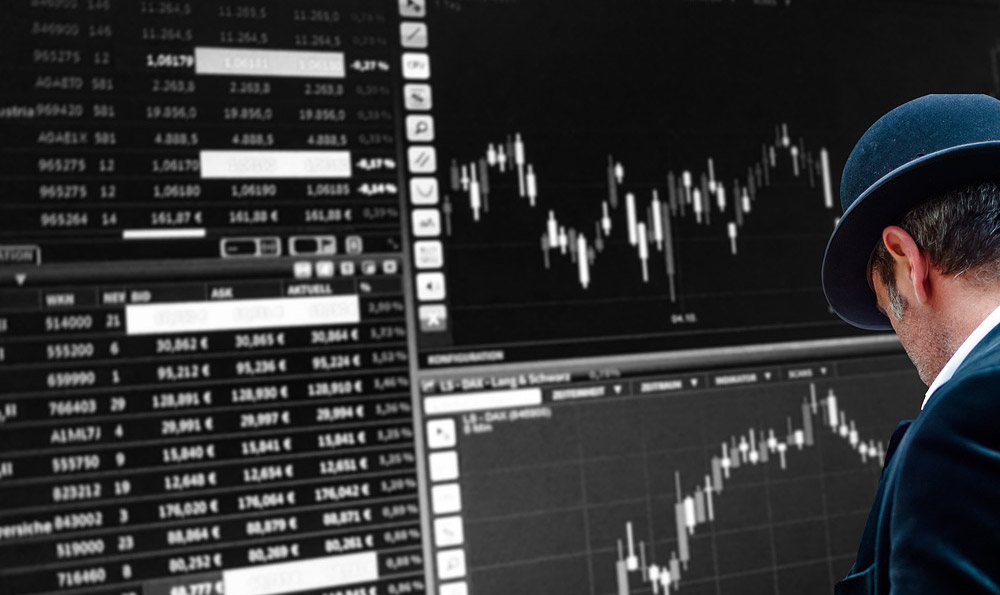Investing in gold online has become increasingly popular as a way to diversify portfolios and hedge against economic uncertainty. However, navigating the digital landscape to acquire this precious metal requires a careful and informed approach. It’s crucial to understand the available avenues, assess their associated risks, and implement strategies that align with your individual financial goals.
One of the primary routes for online gold investment involves purchasing physical gold through reputable online dealers. These platforms offer a wide selection of gold products, including bullion bars, coins, and rounds. Before committing to a purchase, it's imperative to conduct thorough research on the dealer. Look for established companies with positive reviews, transparent pricing structures, and secure storage options. Confirm that the dealer is accredited by relevant industry organizations and has a clear track record of fulfilling orders promptly and securely. Scrutinize their fees, including premiums, storage costs (if applicable), and shipping charges. Remember that the spot price of gold, which represents the current market value of one troy ounce, is only a starting point. Dealers add a premium to cover their operational costs and profit margins.
Beyond direct purchase, consider the option of investing in gold Exchange-Traded Funds (ETFs). These funds track the price of gold, providing investors with exposure to the gold market without the need to physically own the metal. Gold ETFs offer liquidity and ease of trading, making them a convenient choice for many investors. However, it’s essential to understand that you are not directly owning gold when you invest in a gold ETF. You own shares that represent a claim on a pool of gold held by the fund. Examine the fund's expense ratio, tracking error, and underlying holdings. Ensure that the ETF is backed by physical gold held in secure vaults and audited regularly.

Another avenue to consider is investing in gold mining stocks. These companies are involved in the extraction and processing of gold. The performance of gold mining stocks is often correlated with the price of gold, but it's important to recognize that their value is also influenced by factors specific to the company, such as management effectiveness, operational efficiency, and geopolitical risks in their mining locations. Before investing in a gold mining company, thoroughly analyze its financial statements, evaluate its reserves, and assess the political and regulatory environment in which it operates. This type of investment offers the potential for higher returns than direct gold ownership or ETFs, but it also comes with greater volatility and risk.
Furthermore, the rise of blockchain technology has led to the emergence of digital gold tokens. These tokens represent ownership of a specific amount of physical gold stored in secure vaults. Digital gold tokens offer the benefits of both physical gold and digital assets: security, transparency, and ease of trading. However, the market for digital gold tokens is still relatively new, and it's important to exercise caution. Research the issuing company, verify the gold reserves backing the tokens, and understand the associated transaction fees and security protocols. Ensure that the token is audited by a reputable third party and that the gold is stored in a secure, insured vault.
Protecting your investment from scams and fraud is paramount. Be wary of unsolicited offers, promises of guaranteed returns, and high-pressure sales tactics. Always conduct thorough due diligence before investing in any gold-related product. Verify the legitimacy of the dealer or company, read reviews from other investors, and consult with a financial advisor if needed. Use secure payment methods, such as credit cards or bank transfers, and avoid sending funds to unknown or unverified entities. Be especially cautious of online platforms that operate anonymously or lack transparency.
A key aspect of responsible online gold investment is understanding market dynamics. The price of gold is influenced by a variety of factors, including inflation, interest rates, geopolitical events, and currency fluctuations. Stay informed about these factors and their potential impact on the gold market. Regularly monitor the price of gold and adjust your investment strategy as needed. Consider setting price alerts to notify you of significant price movements.
Finally, remember that gold should be viewed as part of a diversified investment portfolio, not as a sole investment. Allocating a small percentage of your portfolio to gold can help to mitigate risk and provide a hedge against economic uncertainty. However, it's crucial to maintain a balanced portfolio that includes a variety of asset classes, such as stocks, bonds, and real estate. Consult with a financial advisor to determine the appropriate asset allocation for your individual financial goals and risk tolerance. Avoid the temptation to chase short-term gains or make emotional investment decisions based on fear or greed. A long-term, disciplined approach is essential for successful gold investing. Diversification, thorough research, and a critical eye are your best defenses against the volatility and inherent risks of the gold market, especially when navigating the online realm.












